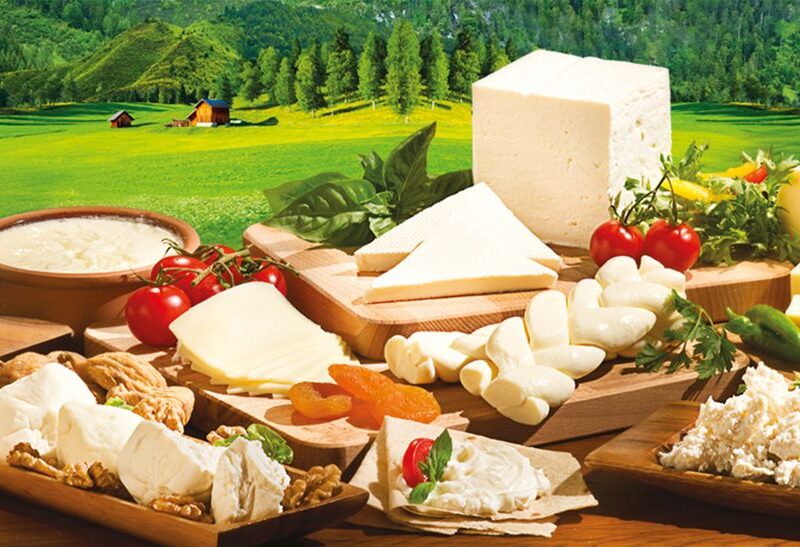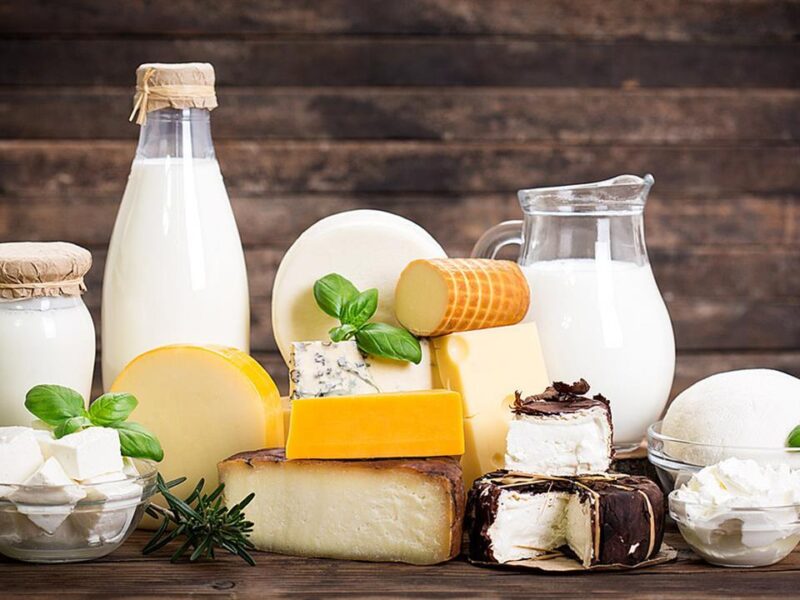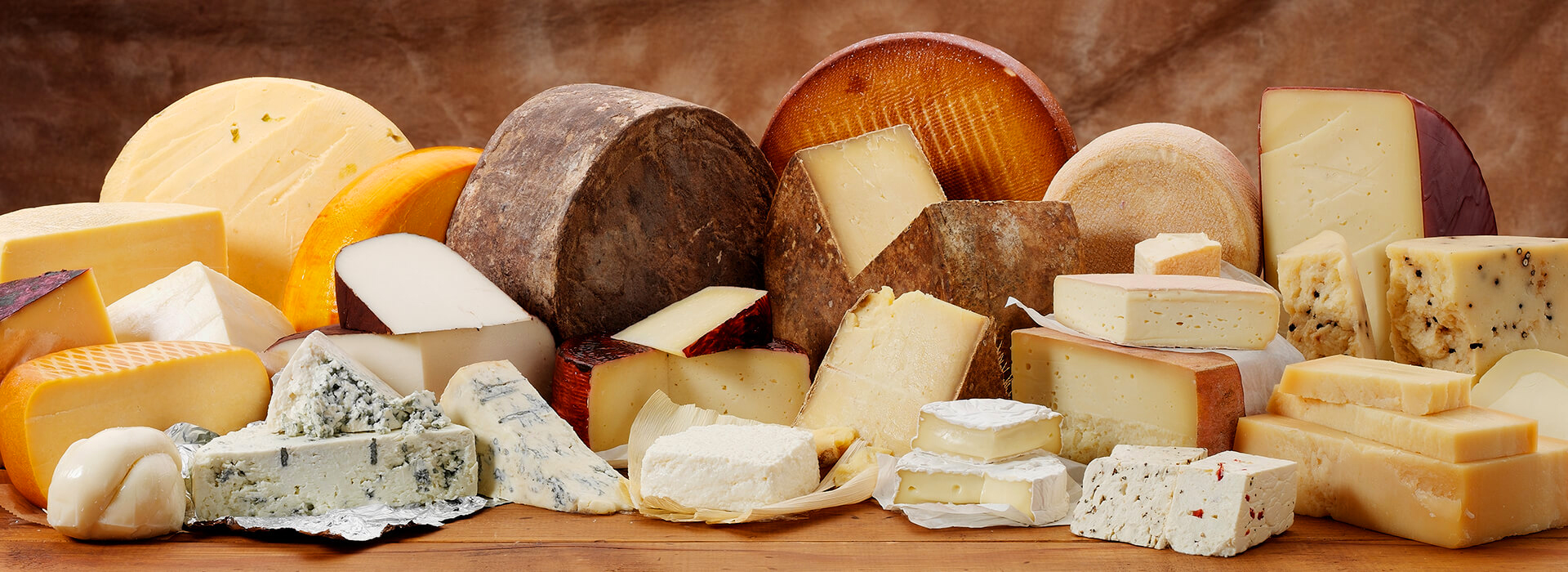
Dairy Products List: Nutritional Facts
Dairy products have long been a staple in many diets around the world, providing essential nutrients that support overall health. From milk, the cornerstone of dairy nutrition, to probiotic-rich kefir and clarified butter known as ghee, each product offers unique benefits. This article explores the nutritional facts of various dairy products and their roles in a balanced diet. Discover the Vital Dairy Products list , which provide many nutritional advantages to enhance your well-being. These basic foods are essential, including the calcium-rich milk, the probiotic-rich yogurt, and the tasty cheese variations. Learn about the health benefits of ghee and kefir, as well as the culinary variety of butter and cream. Don’t pass on the low-calorie, high-protein alternative that is cottage cheese or the nutrient-dense advantages of whey and sour cream. Give yourself the information you need to make wise decisions and upgrade your meals with high-quality dairy products right now.
Milk: The Cornerstone of Dairy Nutrition
Milk, the foundation of dairy nutrition, contains essential nutrients such as vitamins, calcium, and protein. We shall highlight the various health advantages of milk as well as its nutritional makeup. busting widespread misconceptions about milk so you can make informed choices. Make informed decisions about your education and health today by selecting high-quality dairy products list.
Nutritional Composition of Milk
Milk is often hailed as a complete food, rich in essential nutrients such as calcium, vitamin D, protein, and potassium. A single cup of milk provides a significant percentage of the daily recommended intake of these nutrients, making it a foundational element of many diets.
Health Benefits of Milk
Milk supports bone health, aids in muscle recovery, and contributes to overall hydration. The combination of calcium and vitamin D in milk is particularly beneficial for maintaining strong bones and teeth.
Common Myths About Milk
Despite its benefits, milk is often surrounded by myths, such as the misconception that it is fattening or that it causes excessive mucus production. However, when consumed in moderation, milk can be a part of a healthy diet without these negative effects.
Yogurt: Probiotics and Protein Powerhouse
Yogurt: Rich nutritional profile with benefits for gut health and general well-being, thanks to its potent probiotics and protein. We will describe how probiotics help with immunity and digestion. To determine which type of yogurt is best for your diet, we weigh the advantages of Greek and normal varieties. Pick the greatest yogurt right now for both taste and wellness.
Nutritional Profile of Yogurt
Yogurt is rich in protein, calcium, and probiotics—live bacteria that support gut health. It’s also a versatile food, available in various forms, including Greek yogurt, which is thicker and higher in protein.
The Role of Probiotics in Gut Health
Probiotics found in yogurt play a crucial role in maintaining a healthy digestive system. They help balance the gut microbiome, improve digestion, and boost the immune system.
Benefits of Greek Yogurt vs. Regular Yogurt
Greek yogurt contains more protein and fewer carbohydrates than regular yogurt, making it a popular choice for those looking to increase their protein intake. It also has a creamier texture and can be used in various culinary applications.
Cheese: Varieties and Their Unique Nutritional Profiles
Cheese: Varieties and Their Special Nutritional Characteristics This article discusses a variety of cheese varieties, and compares the nutritional qualities of hard and soft cheeses. We will find out how it can affect heart health. We’ll help you choose the perfect cheese based on your interests and health.
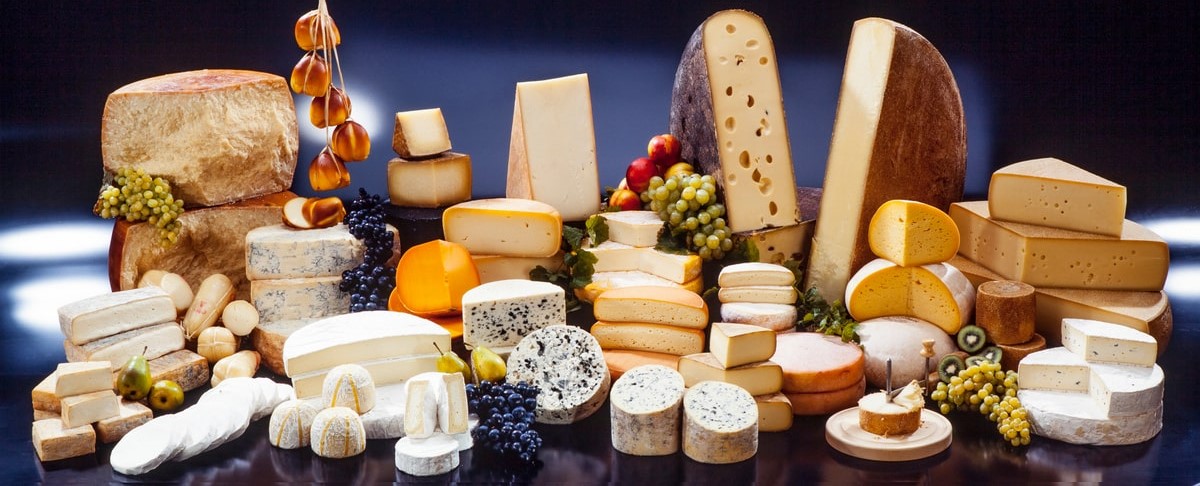
Overview of Different Types of Cheese
Cheese comes in numerous varieties, each with its own unique flavor and nutritional profile. From hard cheeses like Parmesan to soft cheeses like Brie, there’s a cheese to suit every palate.
Hard Cheese vs. Soft Cheese: Nutritional Differences
Hard cheeses tend to be higher in calcium and protein but also contain more sodium. Soft cheeses, on the other hand, are usually lower in calories and have a creamier texture, making them a good option for spreading on bread or crackers.
The Calcium Content in Cheese
Cheese is a concentrated source of calcium, which is vital for bone health. A single ounce of cheddar cheese, for example, can provide up to 20% of the daily recommended calcium intake.
Cheese and Its Impact on Heart Health
While cheese is nutritious, it’s also high in saturated fats, which can impact heart health if consumed in excess. However, when eaten in moderation, cheese can be part of a heart-healthy diet.
Butter: Understanding Its Place in a Healthy Diet
Nutritional Value of Butter
Butter is a rich source of fat, particularly saturated fat. It also contains fat-soluble vitamins like A, D, E, and K. Despite its high-fat content, butter can be part of a balanced diet when consumed in moderation.
Butter vs. Margarine: Which is Healthier?
The debate between butter and margarine has been ongoing for years. While margarine was once considered a healthier alternative due to its lower saturated fat content, some margarines contain trans fats, which are harmful to heart health. Butter, being a natural product, may be preferable for those avoiding processed foods.
How to Incorporate Butter into a Balanced Diet
Butter can be enjoyed in moderation, particularly when used as a topping or in cooking. It’s best to use it sparingly and pair it with other nutrient-rich foods to maintain a balanced diet.
Cream: Types and Culinary Uses
Different Types of Cream (Heavy, Light, Whipping)
Cream comes in several varieties, including heavy cream, light cream, and whipping cream. Each type has a different fat content, affecting its texture and culinary applications.
Nutritional Content of Various Creams
Heavy cream has the highest fat content, making it rich and calorie-dense, while light cream contains less fat and fewer calories. Whipping cream falls somewhere in between, making it versatile for both cooking and dessert-making.
Common Culinary Uses for Cream
Cream is a versatile ingredient used in both savory and sweet dishes. It’s essential in making sauces, soups, and desserts like whipped cream or custard.
Kefir: The Probiotic-Rich Dairy Drink
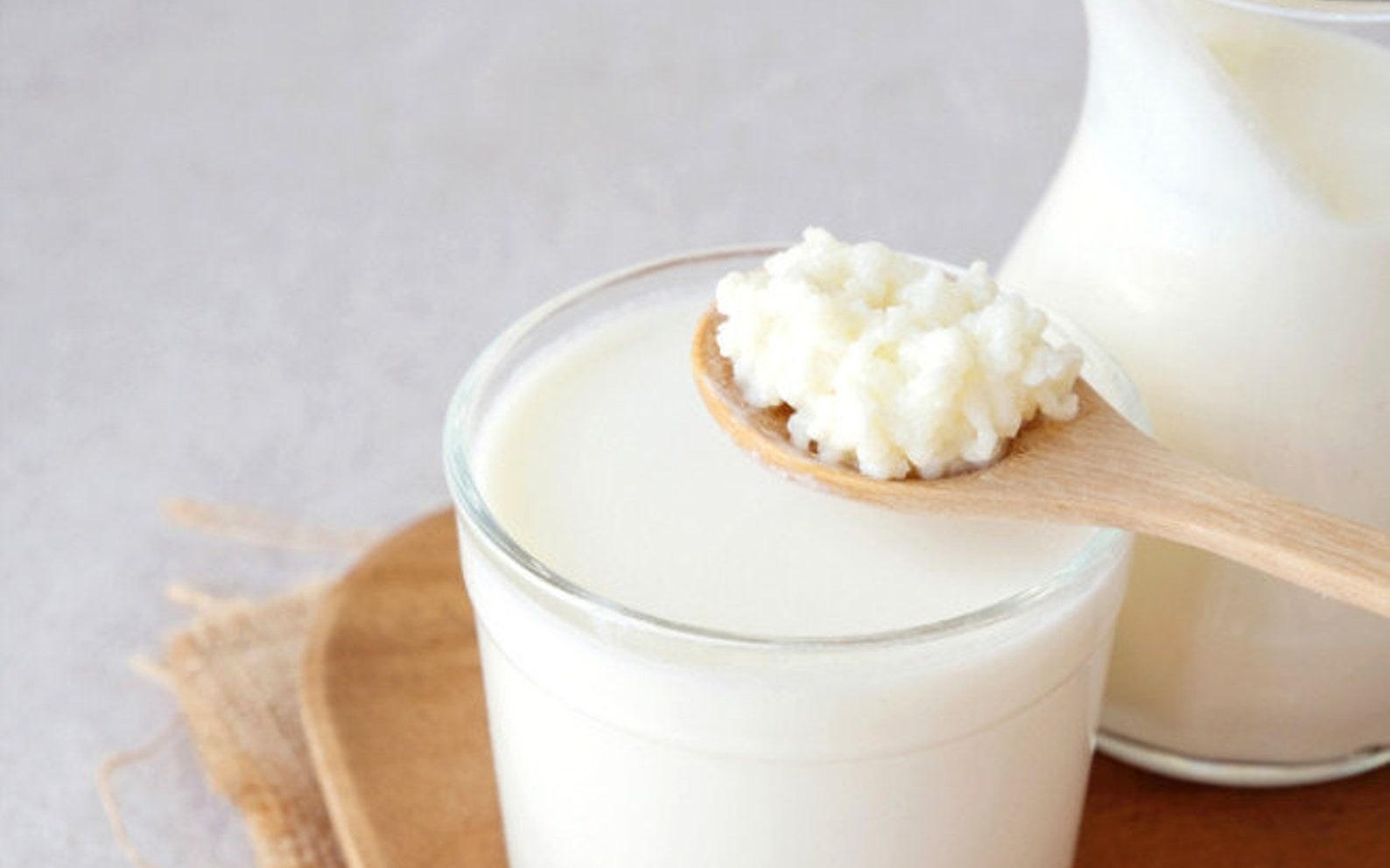
What is Kefir?
Kefir is a fermented milk drink similar to yogurt but with a thinner consistency. It’s packed with probiotics, making it a popular choice for those looking to improve their gut health.
Health Benefits of Kefir
Kefir is known for its probiotic content, which supports digestion and boosts the immune system. It’s also rich in protein, calcium, and B vitamins, making it a nutritious addition to the diet.
How to Make Kefir at Home
Making kefir at home is simple. All you need is milk and kefir grains, which are a combination of bacteria and yeast. The grains are added to milk and left to ferment, creating a tangy, probiotic-rich drink.
Cottage Cheese: High Protein, Low-Calorie Option
Nutritional Breakdown of Cottage Cheese
Cottage cheese is a low-calorie, high-protein dairy product. It’s an excellent source of B vitamins, calcium, and phosphorus, making it a great choice for those looking to manage their weight or build muscle.
Weight Loss Benefits of Cottage Cheese
Cottage cheese’s high protein content helps promote satiety, making it a popular food for weight loss. Its low calorie content also allows for generous portions without excessive calorie intake.
Incorporating Cottage Cheese into Meals
Cottage cheese can be eaten on its own or mixed with fruits, vegetables, or nuts for a balanced snack. It can also be used in recipes like salads, smoothies, or baked goods.
Sour Cream: Nutritional Value and Cooking Applications
Nutritional Content of Sour Cream
Sour cream is a fermented dairy product with a tangy flavor. It’s high in fat but also contains beneficial bacteria that aid in digestion. It’s commonly used as a topping or ingredient in various dishes.
Common Uses of Sour Cream in Cooking
Sour cream is versatile in the kitchen, often used in dips, baked goods, and as a topping for savory dishes like tacos or baked potatoes. Its tangy flavor enhances the taste of many recipes.
Sour Cream Substitutes for Healthier Options
For those looking to reduce their fat intake, yogurt or cottage cheese can be used as substitutes for sour cream in many recipes. These alternatives offer a similar texture with fewer calories.
Whey: The Byproduct with Surprising Benefits
What is Whey?
Whey is the liquid byproduct left after milk has been curdled and strained during cheese production. It’s rich in protein and often used in protein powders and supplements.
Nutritional Benefits of Whey Protein
Whey protein is a complete protein, meaning it contains all nine essential amino acids. It’s easily digestible and absorbed by the body, making it a popular supplement for athletes and those looking to increase their protein intake.
How Whey Can Be Used in Cooking
Whey can be used in baking, added to smoothies, or even used as a substitute for water in some recipes. Its high protein content adds nutritional value to a variety of dishes.
Ghee: Clarified Butter and Its Health Properties

What is Ghee?
Ghee is a type of clarified butter that has been used in Indian cooking for centuries. It’s made by heating butter to remove the water and milk solids, leaving behind pure butterfat.
Nutritional Profile of Ghee
Ghee is rich in fat-soluble vitamins like A, D, E, and K. It’s also free of lactose and casein, making it suitable for those with dairy sensitivities.
Health Benefits and Culinary Uses of Ghee
Ghee is believed to have anti-inflammatory properties and is often used in Ayurvedic medicine. It has a high smoke point, making it ideal for cooking at high temperatures. Ghee can be used in place of butter in almost any recipe, adding a rich, nutty flavor.
Conclusion
Dairy products are incredibly diverse, offering a range of flavors, textures, and nutritional benefits. Whether you’re sipping on a glass of milk, enjoying the creamy richness of yogurt, or cooking with ghee, each product has a unique place in a balanced diet. By understanding the nutritional value of these dairy products, you can make informed choices that support your health and culinary preferences.
FAQs
What are the healthiest dairy products?
The healthiest dairy products include yogurt, kefir, and cottage cheese, which are high in protein and probiotics while being lower in calories.
Can dairy be part of a weight loss diet?
Yes, dairy can be part of a weight loss diet, especially low-fat options like cottage cheese and Greek yogurt, which are high in protein and help promote satiety.
How does dairy consumption affect lactose intolerance?
People with lactose intolerance may experience discomfort after consuming dairy. However, some dairy products like yogurt and kefir contain lower levels of lactose and may be easier to digest.
What are the best non-dairy alternatives?
Popular non-dairy alternatives include almond milk, soy milk, and coconut yogurt, which provide similar textures and flavors without lactose.
How does dairy consumption impact bone health?
Dairy products are rich in calcium and vitamin D, which are crucial for maintaining strong bones and preventing osteoporosis.


